The Future of Sales and Marketing: How to Deliver Information in the Era of COVID-19
Chief commercial officers gather for an insightful roundtable discussion anchored in the future of sales and marketing in light of new communication media brought on by the pandemic.

On Sept. 23, 2021, six chief commercial officers (CCOs) joined Pharmaceutical Executive to discuss the future of sales and marketing in biopharma, a topic that is especially relevant due to the rate of acceleration brought on by the COVID-19 pandemic. While a healthy dose of weary change was already in progress within the industry over the past few years, March 2020 quickly ushered in a new way of fundamentally approaching the world and its stakeholders on all fronts. Panelists shared their insights and visions for delivering innovation and health care solutions in the future, while considering products, informed/empowered patients, healthcare professionals (HCPs), and payers. Topics discussed were aplenty with particular themes interweaving themselves throughout the discussion: playing catch-up to other industries, digital innovation, the rising value of patients’ perception, the nature and medium of communication, the changing face and approach of sales and marketing teams, and the importance of flexibility and agility. The event was moderated by Michael J. Hennessy Jr., president and CEO of MJH Life Sciences, Pharmaceutical Executive’s parent company.
Following are highlights of the conversation (answers have been edited for length and clarity):
View the following video excerpts from this roundtable:
Sales Reps and Digital vs. In Person Approaches – Part 1
Sales Reps and Digital vs. In Person Approaches – Part 2
The Role of the Regional Marketing Manager
Preventative Medicine, Population Health, and Branding
Focus on Patients, Not Product
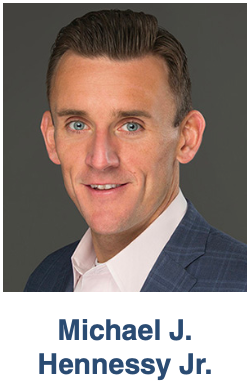
Hennessy: As more data is available and patients become more empowered, the days of a one-size-fits-all advertising and marketing approach seem to no longer be sustainable. How does this new patient affect what the ideal biopharma company will look like in 2030, and how will it respond?
Lauren D’Angelo, Chief Commercial Officer, Alpha Cognition: We need to embrace the power of digital innovation and adopt a customer-first business model. Traditionally, we’ve been so focused on selling the features and benefits of our product. Now that patients are more aware of their health and focused on holistic health goals, it’s going to be more about expanding our current offerings of drugs and moving beyond just focusing on the product, and instead becoming an active partner in the patients’ management of their overall health. It’s more about what we can bring to the table and the role that we can play in the patient’s journey by focusing on continuous patient outcomes, versus only our product.
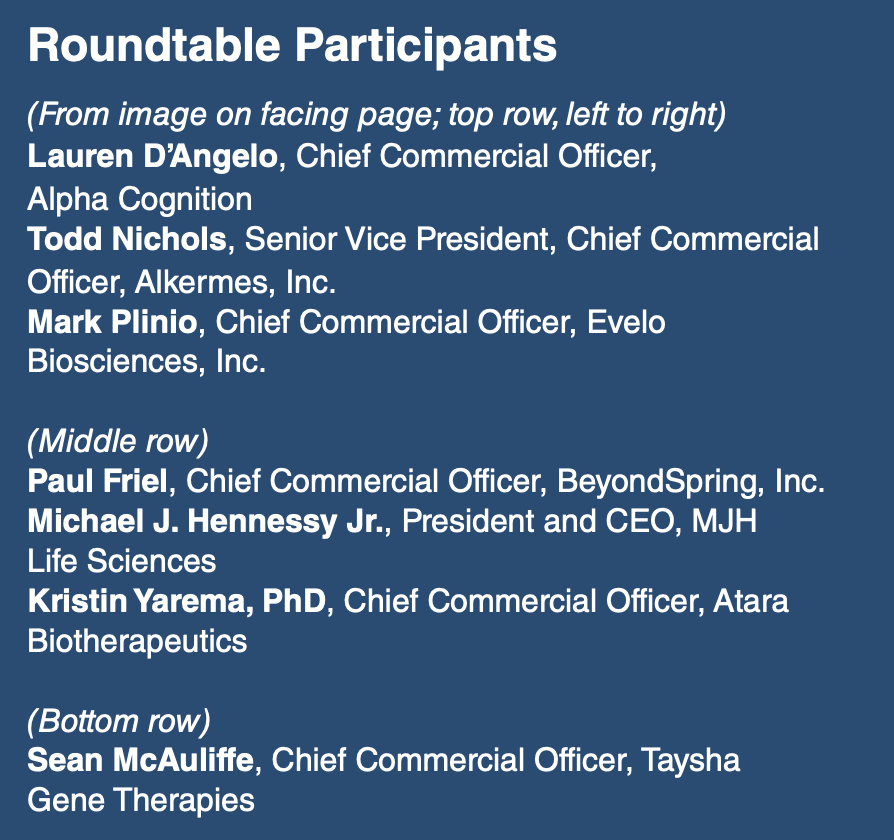
Kristin Yarema, PhD, Chief Commercial Officer, Atara Biotherapeutics: We’ve always thought about patients as one of the key customers in the healthcare system, along with physicians and payers. But we have to think about them as a more important customer, and our focus has to start much earlier.
We’re seeing openness from regulators; for example, with patient-focused drug discovery and development. There’s a real interest in understanding what patients want from their medications versus just what physicians want, or think patients want from their medications. And there’s an openness to build those kinds of patient-reported outcome measures, endpoints, and claims into development programs. I think we’re making a lot of progress there already, but it’s a somewhat new frontier and a tremendously exciting opportunity.
Mark Plinio, Chief Commercial Office, Evelo Biosciences, Inc.: I don’t think we’ve treated our patient populations as true customers. There are a lot of other industry examples of building customer loyalty, but pharma continues to lag. We should surround the patient with a customer-service approach that builds their loyalty over time. Patients are digesting information from so many different sources about various treatments, and they have a decision that goes beyond price. There are times when we make a product or service choice where we’re not just looking at the price—instead, we go to that brand because we trust it and trust the experience we’ve had in the past. Overall, I don’t think we do a good enough job in pharma of building an environment that builds trust and brand loyalty.
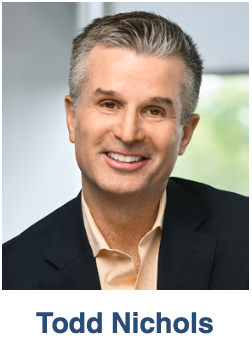
Todd Nichols, Senior Vice President, Chief Commercial Officer, Alkermes, Inc.: I don’t think we can predict five to 10 years out. If there is anything that the last 18 months have taught us, it’s that agility and flexibility right now are key. And one of the things that we have really learned at Alkermes especially is that patients are consuming information in various formats and modalities, and we’ve got to be extremely flexible right now.
In Alkermes’ space of serious mental illness and addiction, we spend a lot of time with caregivers. We believe in community activation. Our industry has had a black eye in the past, but some of the solutions that we’ve brought to the marketplace in the last 18 months have been phenomenal, and there’s a chance for us to build trust within these communities and with patients.
Paul Friel, Chief Commercial Officer, Beyondspring, Inc.: Other industries are so ahead of where we are today. Maybe it’s because of the present complexity or the regulatory environment, but I think the Amazons, Facebooks, and Apples of the world have shown us what can be done. I think our customers, patients, their families, their caregivers, and our physicians see that we are behind.
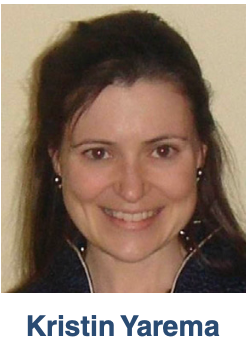
Yarema: My very first role at a company was in consumer packaged goods at Procter & Gamble. Every discussion at those companies starts with “What customer did you talk to most recently? What were your insights from that conversation?” And every conversation started with grounding in the here and now with customers, their needs, and how they’re being met. If we can bring that mentality and those learnings from other industries, and leverage new technologies that allow us to interact with our patients in ways that just haven’t been possible before, that will be incredibly powerful.
Nichols: Our industry is the keeper of vast amounts of data. We invest in enormous amounts of research trying to understand the behaviors of our customers and patients, and we have to make sure that all of our future and new product planning feeds that data in. Our customers want options, and their patients want options. That’s the reason why our industry thrives. We’re going to have to be very deliberate to make sure that we’re allocating those resources appropriately to meet their needs.
Hennessy:What new steps will the industry be taking in both preventative medicine and population health, and how will that affect pharma branding in the future?
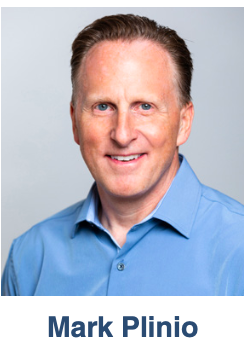
Plinio: As we look toward the next several years, we’re going to have to figure out how we make medicine more affordable for the broader population. I think every one of us on this call is probably involved in therapeutic areas where we have fairly high-priced drugs that have focused on a much smaller population of sufferers, typically the more severe or the rare. Over time, we’re going to need to be in a position where we are able to approach this differently and shift to a model that might be more volume-based.
This shift will also require different stances on the part of the payer. We’ve all been at the receiving end of the payer over time—many times price and availability drive a treatment choice that’s not necessarily right for the patient. I think the model is going to change, and we have to actively be part of that change, otherwise it will happen to us.
Nichols: I’ll pick up on the theme of affordability. How do our customers think about preventative medicine? Regardless of the therapeutic area, we’re seeing examples on a consistent basis of customers forming large partnerships. We all know the integrated delivery models, the models that have a payer involved. These are topics that are of big interest to our customers.
An encouraging trend we see now is that they’re building scale with various partnerships—there’s a void there that life sciences companies like ours can fill by showing we are sincere and able to talk about patients holistically, and not just about a single therapeutic option. We all know that patients need various options, they need access. One way to do it is through pricing models. The other way is to do it through value creation, such as disease-state education and so forth.
Hennessy: A recent survey by Accenture found that 87% of healthcare professionals said they prefer all digital, or a mix of in-person and digital interaction with sales reps once this pandemic comes to an end. How do you see the role of the sales rep evolving over time, and what steps will your organization take to begin to make some of these changes?
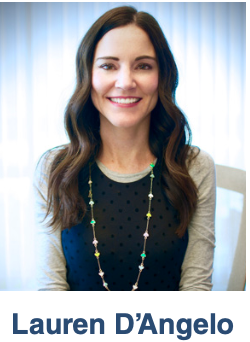
D’Angelo: The traditional pharma sales model is still relevant; it just needs some revamping for the modern age. That means investing more time and resources into all things digital. Instead of relying just on sales reps or just on digital-promoting channels, what pharma needs is a healthy mix of both.
The salesforce will need to move away from a one-size-fits-all communication approach and be able to adapt to varying customer needs. I think the industry is going to need more tech-savvy people who know how to build brands, and who can accommodate individual customer needs based on a particular physician or stakeholder. And then they will have to deliver messaging using hybrid methods and virtual tools. But at the end of the day, you can’t copy and paste a real in-person relationship into a digital environment. We all know the value of relationships and that having that one-on-one, in-person contact is the best way to sustain them.
Plinio: You are spot on, Lauren. I still believe the single biggest catalyst to affect behavior change is the sales representative who is there in the office, who is building relationships and trust by bringing valuable product information and disease education. This is not only accomplished through the one-on-one interaction with the physician but also with the entire office.
That being said, because there is a large and growing subset of physicians who are digital savvy, it can change our targeting a little bit because we’re able to accumulate digital affinity scoring for these particular physicians over a period of time. You can actually track how active they are online from their shopping, surfing, and overall engagement. As a result, you can support a hybrid approach by building a target base of physicians who would be more accessible to receiving information digitally.
Friel: There’s one example I would like to point out about technology—the speaker programs. We all talk about how much more engaging this used to be pre-COVID—the old steak dinner where everybody shows up and you fly an expert in from far away. Now you can take that top expert and have them virtually join for lunch, breakfast, or dinner. To me, that is a perfect example of something that changed that will permanently change going forward.
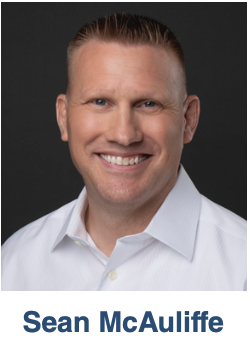
Sean Mcauliffe, Chief Commercial Officer, Taysha Gene Therapies: It is really disease-state specific. My last experience was in rare disease. We had different roles—reimbursement, field reimbursement, sales—all based on a good rationale from a compliance standpoint; but, when there was a case, we had a lot of people react. There were times it reminded me of little kids playing soccer where everyone is hovering around the ball. It was less efficient and ultimately, in some cases, we may have been able to save some time. So managing these interactions is going to be like steering the Titanic, but I think it starts with how companies leverage the data we now have access to. It will be a hybrid of some kind, and it is going to be disease-state and patient-group specific.
Nichols: The beauty of being so connected as an industry right now is that we can see best practices. I think the model will continue to evolve and adapt. Do I see wholesale changes? Not really. Even with data, the key insight is that HCP customers are saying they value the interaction. They still value new engagement and education that life sciences companies bring to them. They’re just asking for different mediums to receive the information.
D’Angelo: Todd, you mentioned earlier the need to be flexible. The last product that I launched was during COVID. One of the things we made a quick decision on right away was not to force a particular technology on a physician. There was a lot of conversation internally, especially from a legal and compliance perspective, but at the end of the day, it comes down to what the customer is comfortable using: Do they use Zoom? Do they use Teams? Are they comfortable using Veeva? If you push one platform onto a customer, it will be an uphill battle that I don’t think any of us wants to fight. It’s getting the organization aligned to say, “You know what, we’ve got to deliver our messaging using a technology that our customers are comfortable using in a compliant way, or else we’re not going to be effective.”
Hennessy:One trend that I have seen kind of come, go, and come again is the regional marketing manager. Are there any field or marketing roles that you believe need to evolve or simply disappear?
Plinio: In some of the therapeutic areas I’ve been in, like gastrointestinal (GI) and dermatology, we’ve started to see a consolidation of practices, whether it’s the IDNs of the world or large practices. There are some GI practices out there with close to 1,000 physicians, and they’re managing a significant patient population within a geographic area.
As therapeutic areas start to evolve, you’re seeing private equity coming in. I think there will be an increasing move toward that with consolidation. From a pharma perspective, whether you are in biotech, medium size, or large pharma, we need to recognize how the business is evolving, how therapeutic areas are going to be highly focused and concentrated in such a way that you’re going to need people looking after these large practices as key decision makers. This is because, as they grow over time, these practices may become decision-makers on treatment availability for certain geographies.
In my last role, we started to build out the capabilities of managing the business from a field perspective with individuals focused on understanding the insights of those large practices. We need to ask: What are the educational needs, what are the therapeutic needs, and what were their interests from a business perspective? What are they trying to accomplish overall from a health perspective for their constituencies? You’ve got to take an approach that looks at the needs of a group that is really going to drive behavior, inform drug selection and how patients are treated from a patient treatment pathway, and influence overall pharmaceutical approach. As a result, you may need representatives focused on various group practices, because they are all operating a little bit differently.
Yarema: In transplant centers, you already have that dynamic happening. Every single transplant center is unique and they all have different protocols and HCP specialties involved in the decision-making. Decision-making regarding what’s going on formulary, and what protocols and algorithms will be embedded, is at a highly organized level. It requires a completely different sort of interaction and more of a team approach. It’s not just the commercial people, but our partners in medical, for example, also have an important role to play, whether it’s an institution or what we would more normally think of as an organized customer group. That’s an area where we’re going to continue to see the consolidation, and where we need to evolve our capabilities and these roles.
Nichols: This is a really important topic. There was a rush years ago where the theme was that the commercial models were broken and needed to change. So there was a rush in commercial organizations to create highly specialized roles, and then it morphed into various therapeutic areas. We’re at the place now where we have to question that and say, “Do you really need highly specialized roles in every therapeutic area based upon your customer base? Do customers require that?” A key question that I try to ask myself and that we work on at Alkermes is: Is it really the role, or the capability, or the behavior that we’re trying to adapt to? It’s a different question, which comes up with a different answer. So yes, in certain therapeutic areas, you’re going to have to have really specific roles to address certain customers, but I don’t think you need that in every single therapeutic area.
The days of having separate people just doing market access and reimbursement probably is a little bit dated as well. You always need good professionals that engage with payers and so forth, but that’s a competency and skill that your commercial teams have to have now or you’re not going to be relevant in the marketplace to your customer. So I think about it in that domain right now as the capability, and then Kristin, you said it as well, this notion of collaboration about behavior. We all work in a great industry, good organizations as well; collaboration across our companies is really important—the right type of collaboration with the medical teams, the internal teams, and the field-facing team. That’s actually critical now, and that’s a capability we have to continue to build.
Hennessy:What steps do tomorrow’s chief commercial officers need to take to ensure that their companies will be ready for the future we’ve discussed here today?
McAuliffe: One of the first required steps is probably going back to Lauren’s point. It’s around structure both from a marketing, reimbursement, and field-facing team point of view. It is going to require, at least in some of the smaller indications, a closer collaboration and a better way of working with medical. A great deal of that starts with making sure data is managed and leveraged appropriately. Data acquisition, and management and movement of that data through an organization, will be critical.
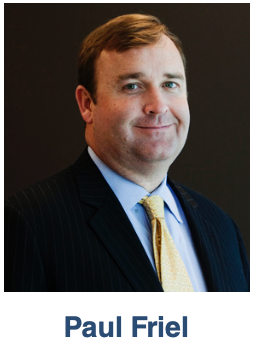
Friel: People are going to be key, too. What we’ve talked about is we don’t know what it’s going to look like in five or 10 years, and you’re going to have to have people that are able to adapt, overcome challenges, learn, and grow. We don’t know what the solution is, but we know we need people that are going to have a unique skillset to be able to do that as we continue forward.
Yarema: And to be flexible about how we’re looking at talent. There are lots of conversations across all of our companies right now about what it means to be in-house anymore, because in-house might be remote in a different state. We’ve learned so much about how to collaborate and work effectively during COVID, so what will the norms and expectations be going forward? How much of our workforce will we plan to be permanently remote? How are we going to develop those people and provide them with career opportunities that are on a level playing field with people who might be back in the office and closer to the managers, for example?
It’s always been important, but now more than ever, it is identifying people with the right learning agility, engaging them, and then offering them opportunities to grow new skills, whether it’s in digital or the flexibility in how to think, or learning more market access if they come from a traditional commercial field background, for example. But the investment in people is what I think every CCO really needs to have at the top of their radar screen.
D’Angelo: When we get talent into the organization, we’ve got to focus on building a culture of innovation. Because you can get the best people, but if we don’t enable them to learn, to make mistakes, allow them to experiment, then we are wasting all of their talents and potential. To me, innovation is a biproduct of culture. I know that culture is this big word that we all talk about as leaders, but it’s really very simple: Attract the right talent, and then provide them with an environment where they can thrive.
Fran Pollaro is a Senior Editor for Pharm Exec. He can be reached at
fpollaro@mjhlifesciences.com.
View the following video excerpts from this roundtable:
Sales Reps and Digital vs. In Person Approaches – Part 1
Sales Reps and Digital vs. In Person Approaches – Part 2
The Role of the Regional Marketing Manager

An Evolving ‘Opinion’ Landscape: New Paths—and Synergies—for Pharma KOLs & DOLs
October 13th 2023Industry experts discuss the relationship between digital and traditional (key) opinion leaders and how companies are adjusting their strategies to harness the unique brand engagement benefits each role can provide in driving better patient outcomes.